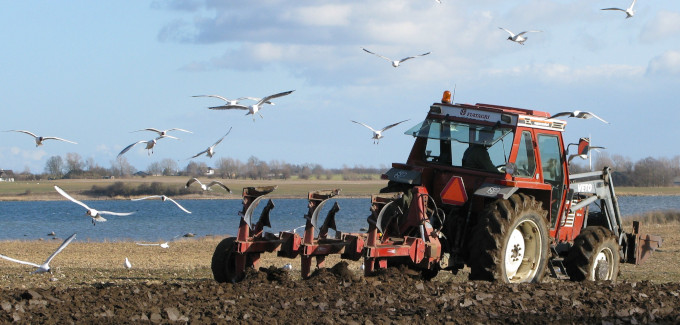
Agriculture takes up more than 60% of the Danish terrestrial surface and the current land use allocation and agricultural food production are associated with significant positive as well as negative environmental effects. Agricultural production is an important driving force for eutrophication of aquatic ecosystems, for nitrate and pesticide contamination of groundwater, for climate change as well as for decline in biodiversity. On the positive side, agriculture also provides valuable ecosystem services in the form of food and fiber, and agricultural practices can also make positive contributions in relation to sequestration of carbon in soils, promotion of biodiversity, and provision of areas for recreative use.
The Danish countryside is fragmented and diverse with respect to productivity and environmental quality. This has made it particularly relevant to take a spatially explicit approach to account for the externalities from agricultural production.
Research themes in this area include: